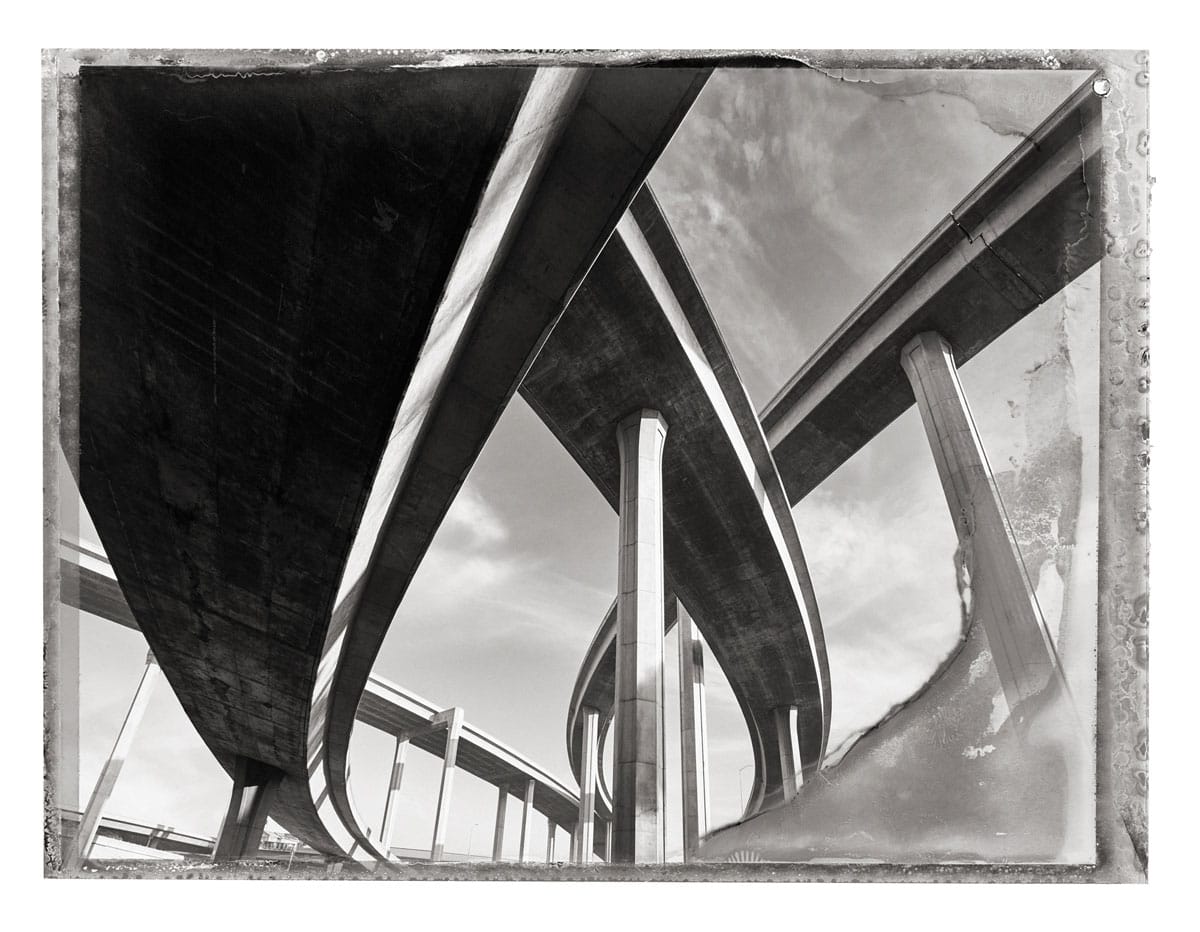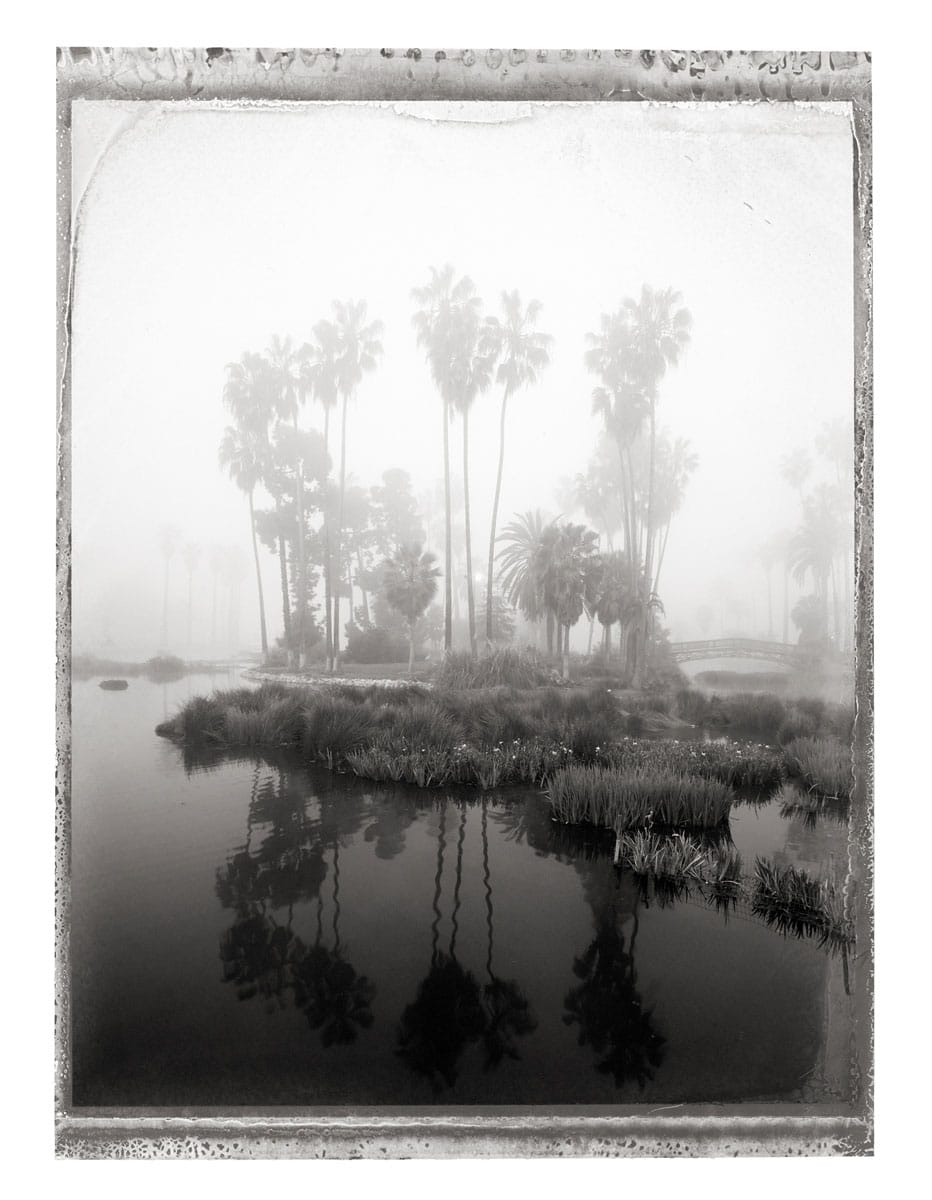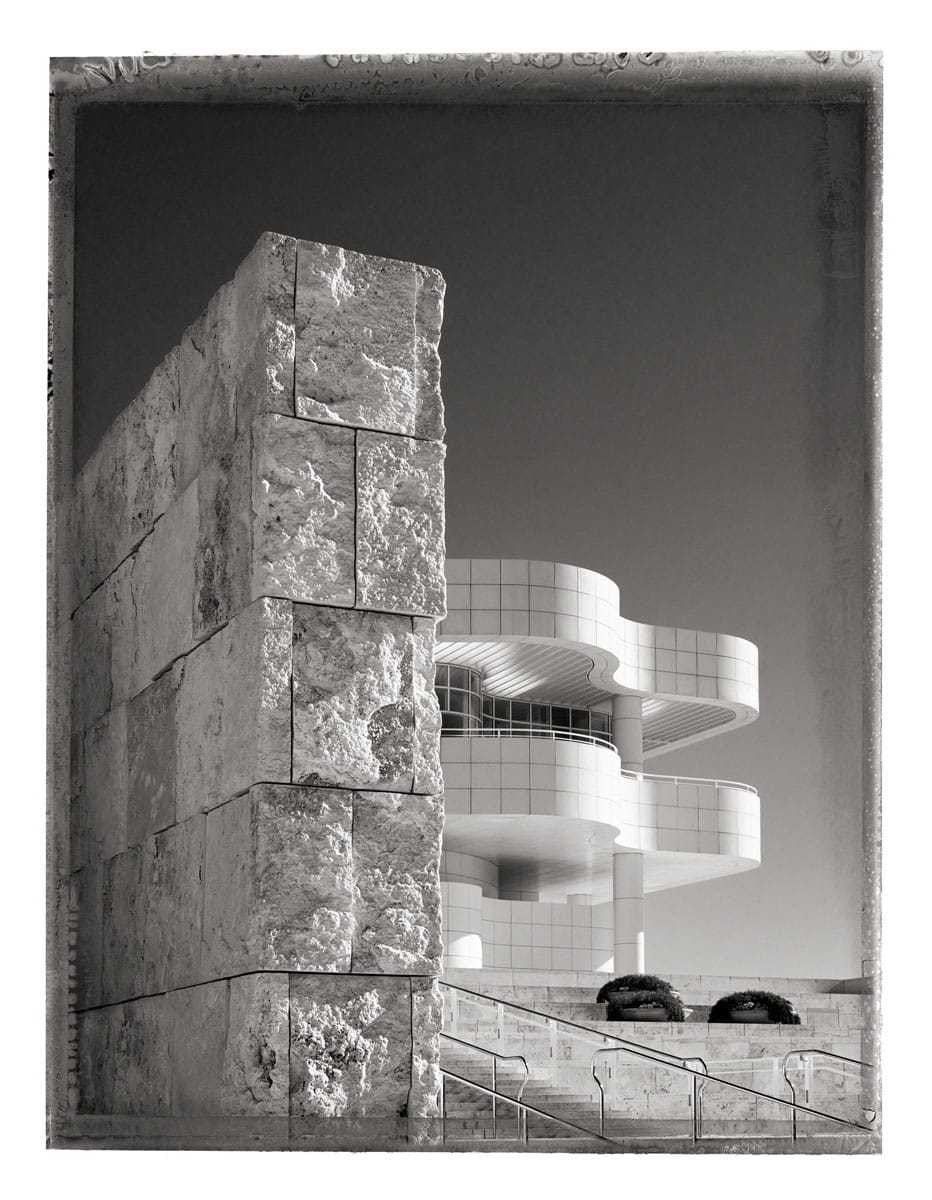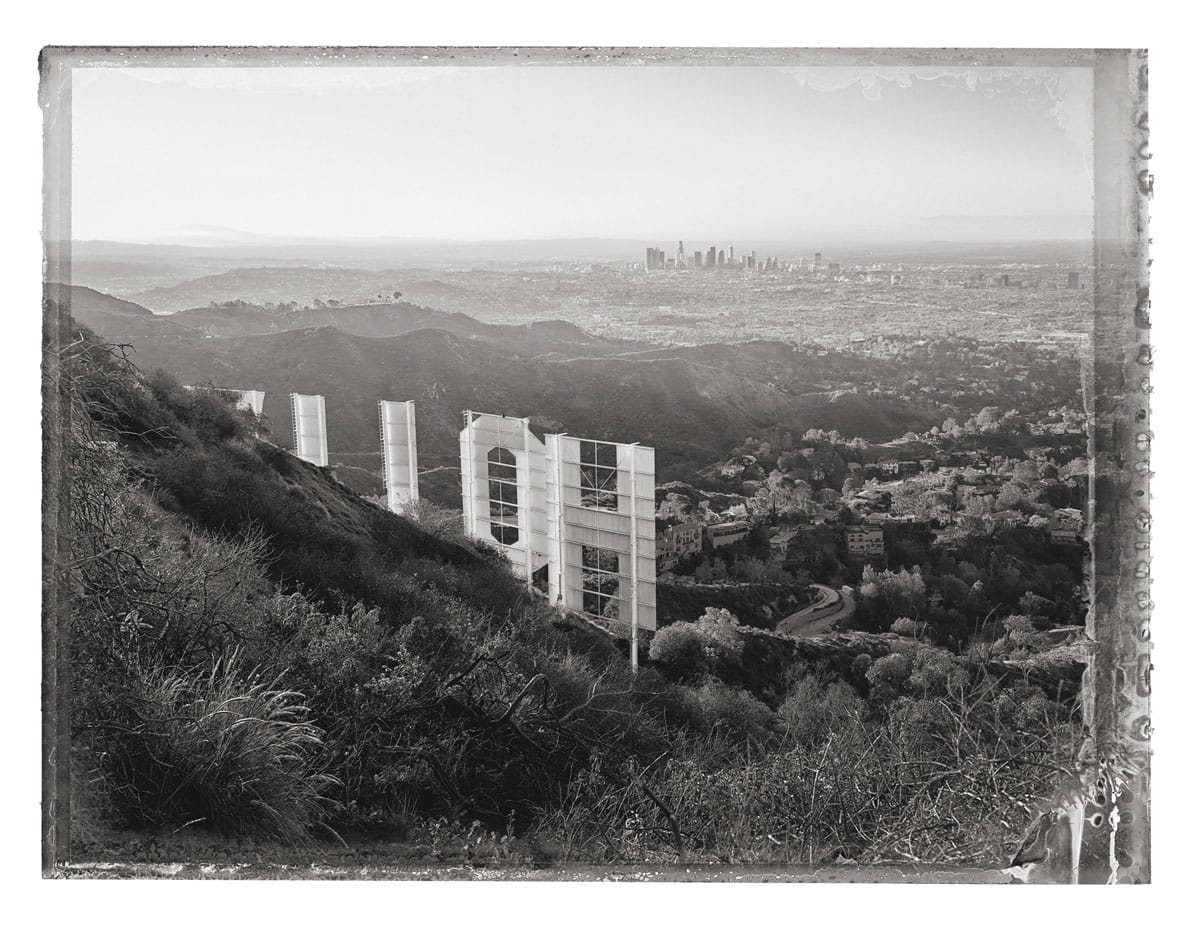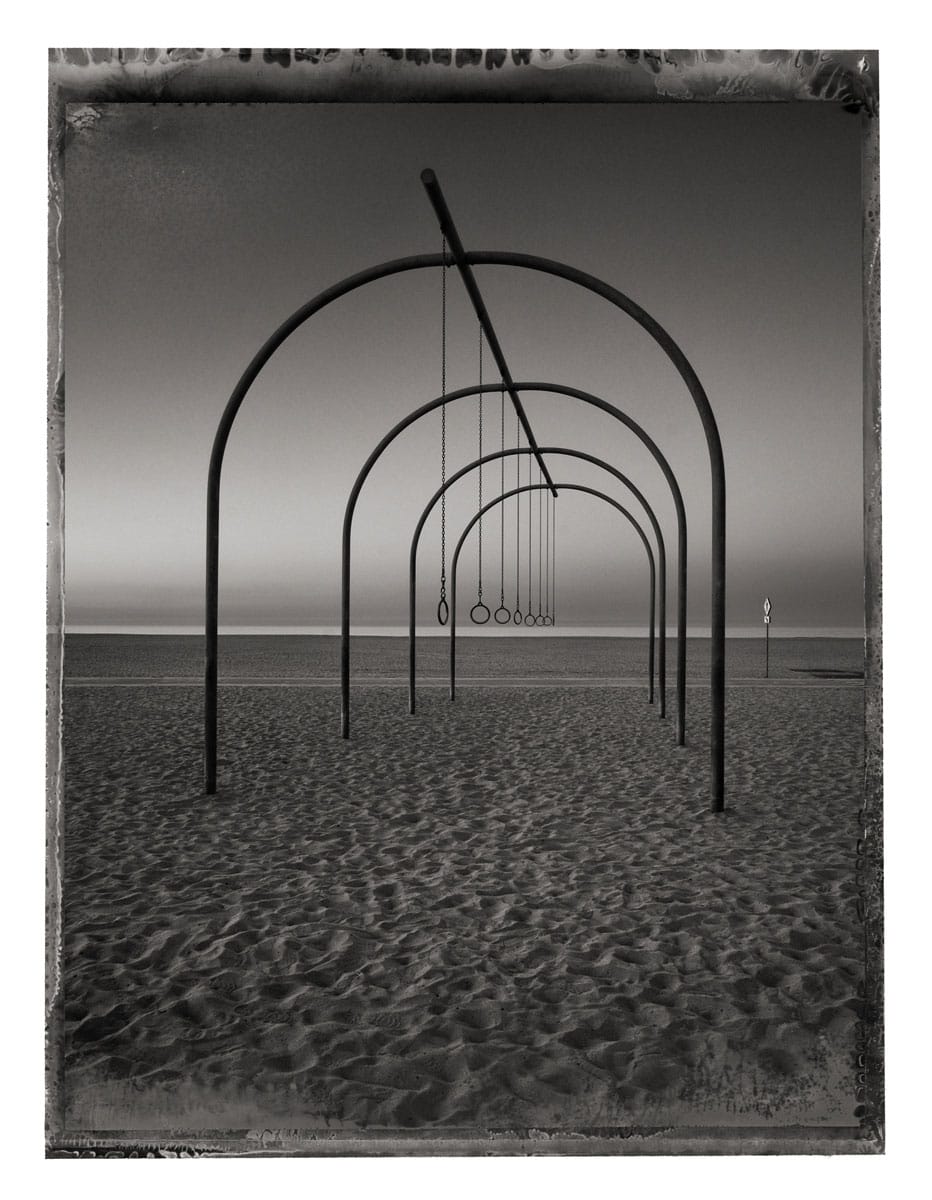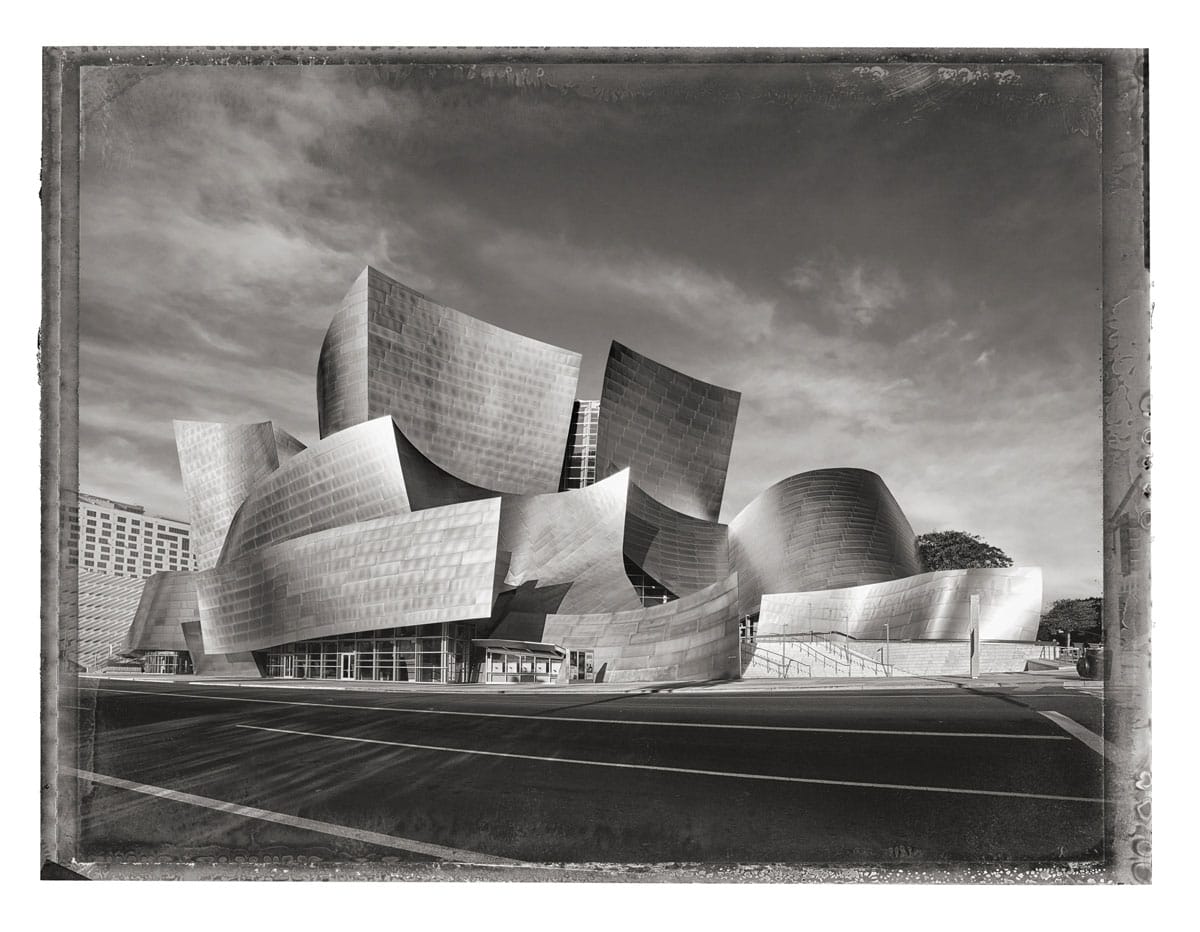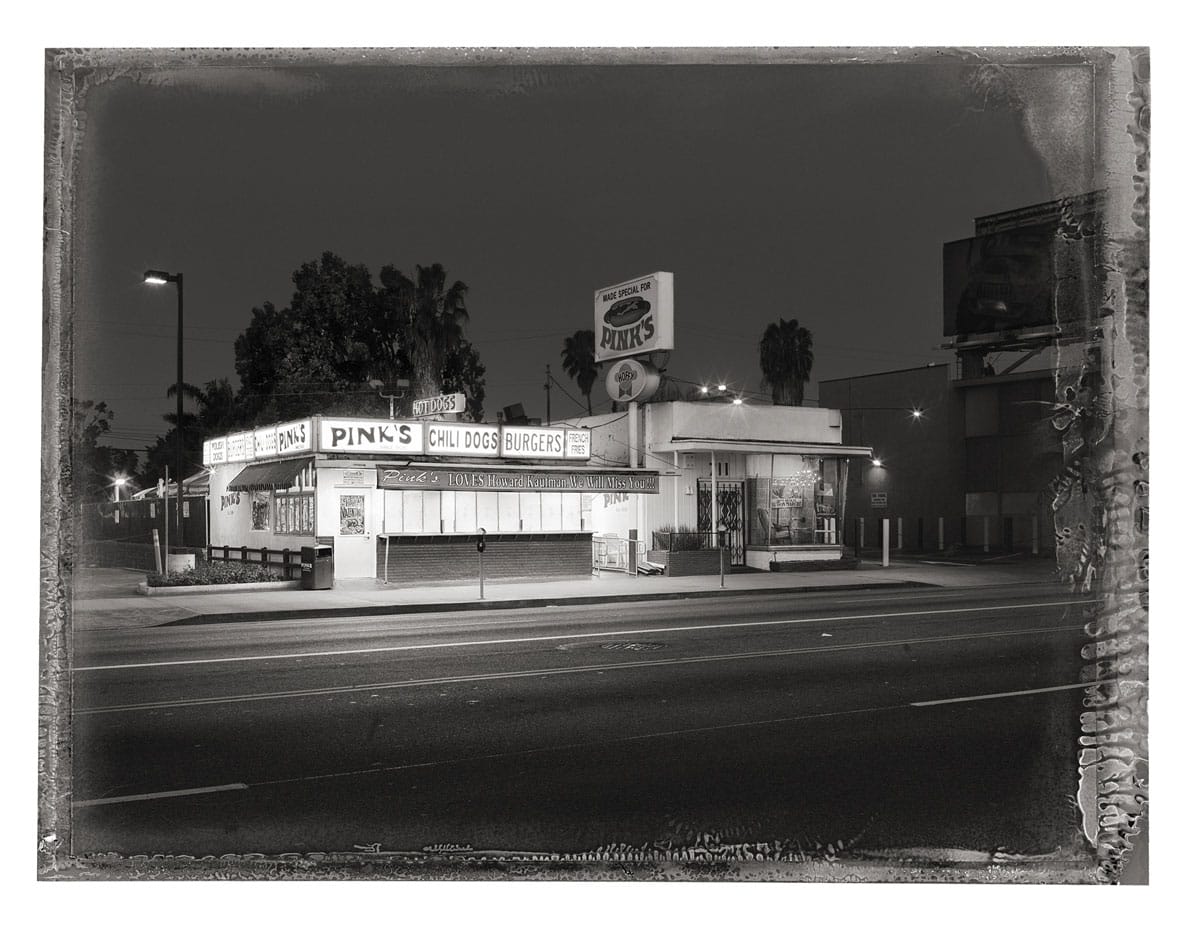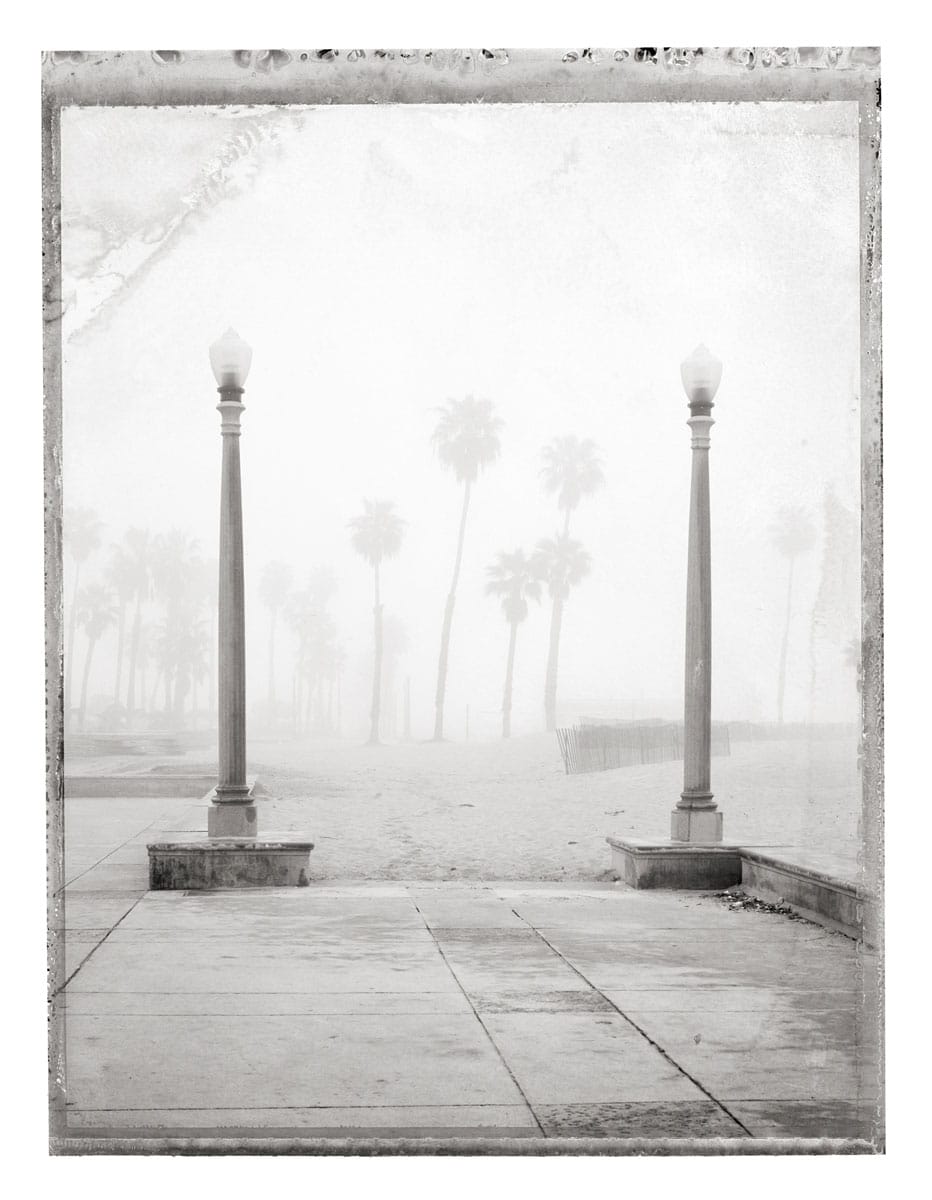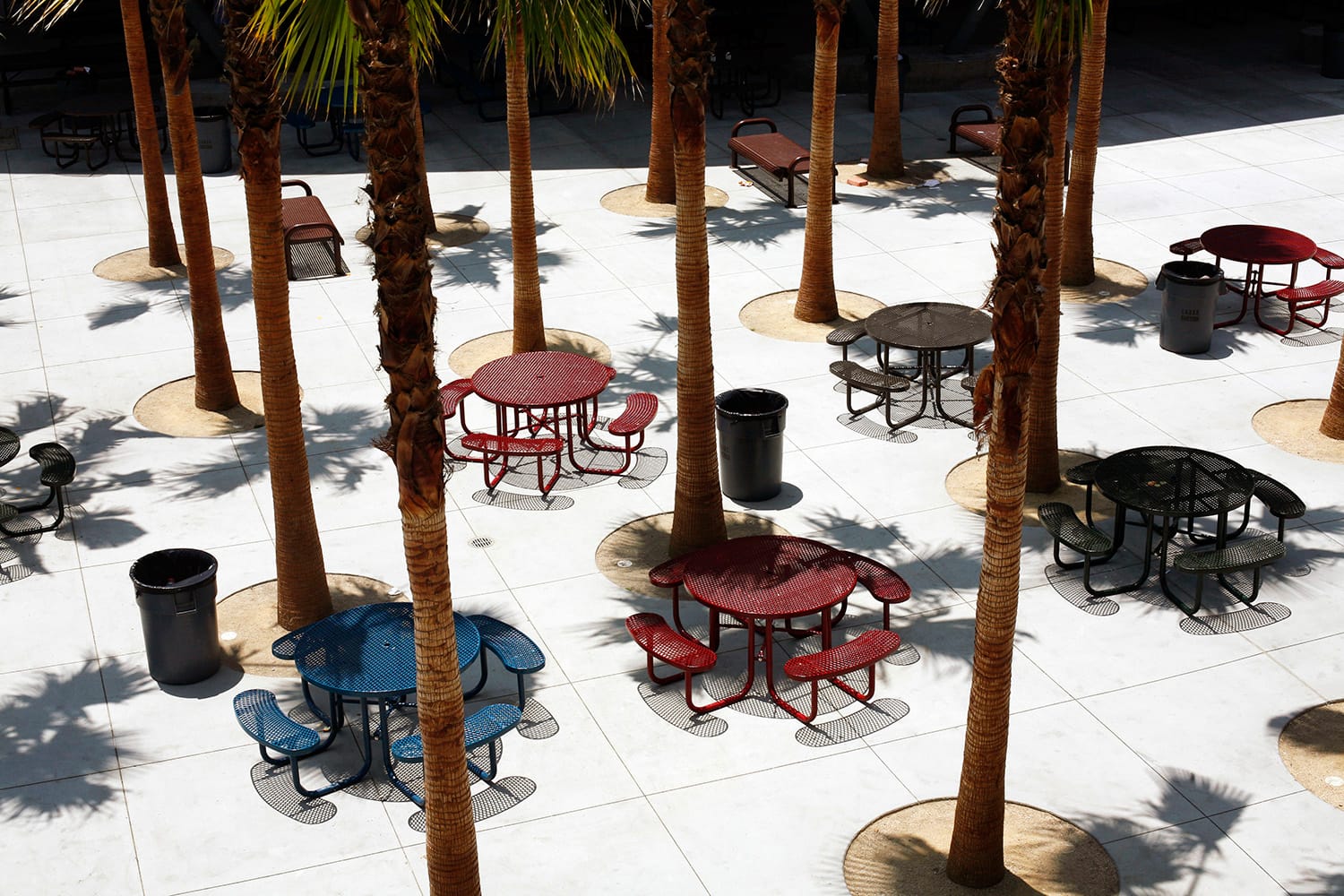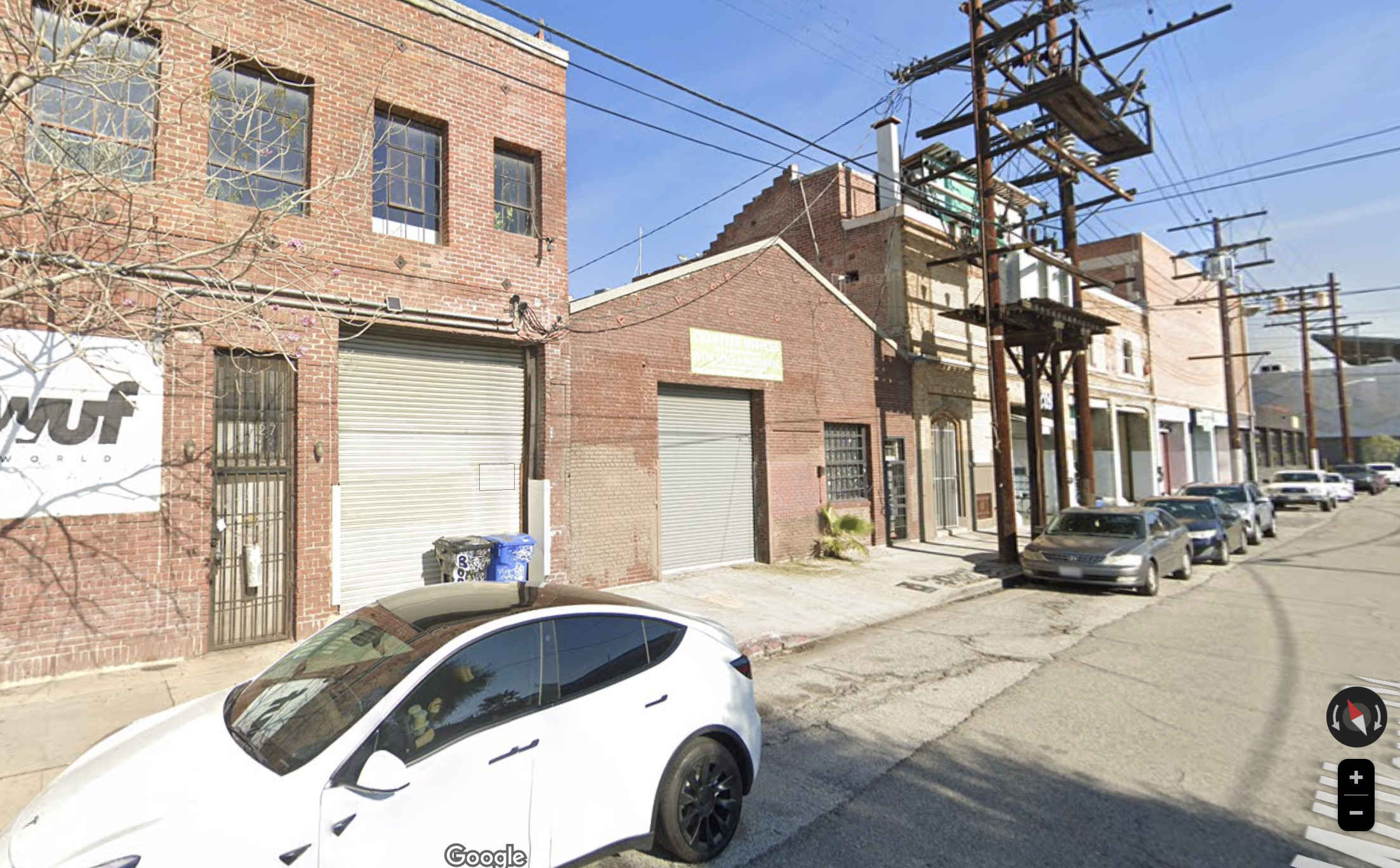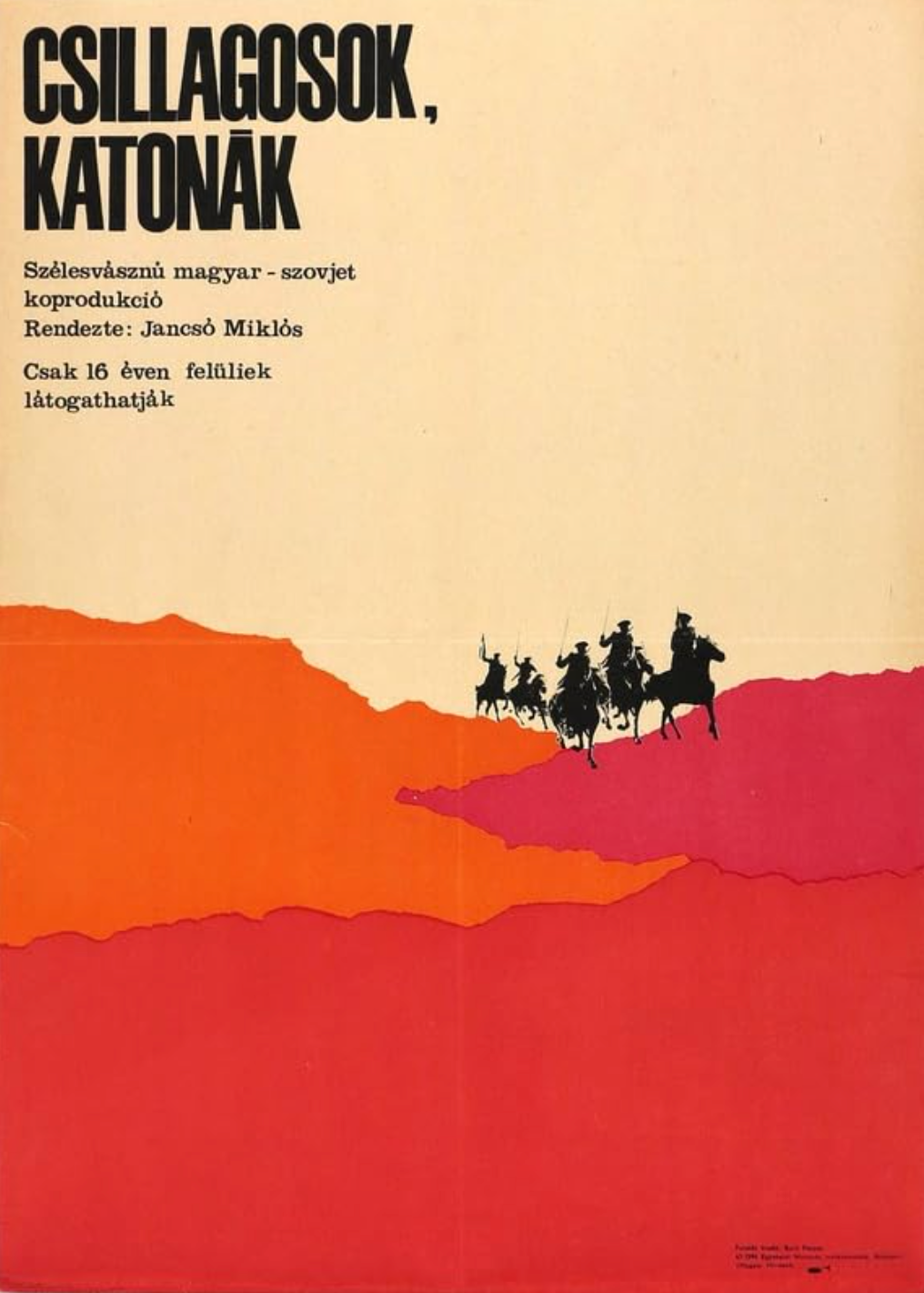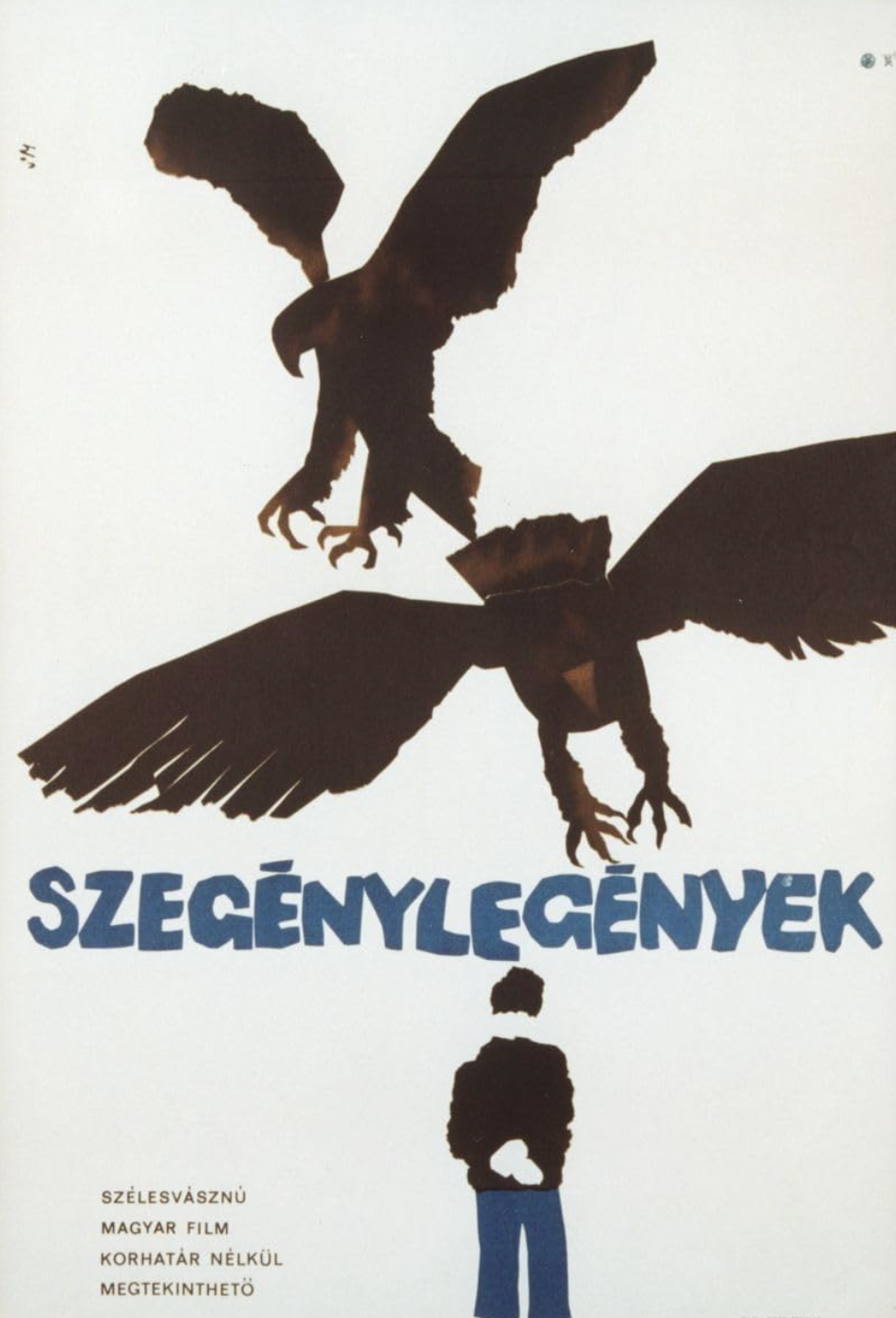In the past two days, fires in and around LA County have destroyed 27,000 acres and counting — sometimes as fast as three football fields every minute. It's an astonishing amount of land to go in such a short time. More than 130,000 lives uprooted. People left with nothing.
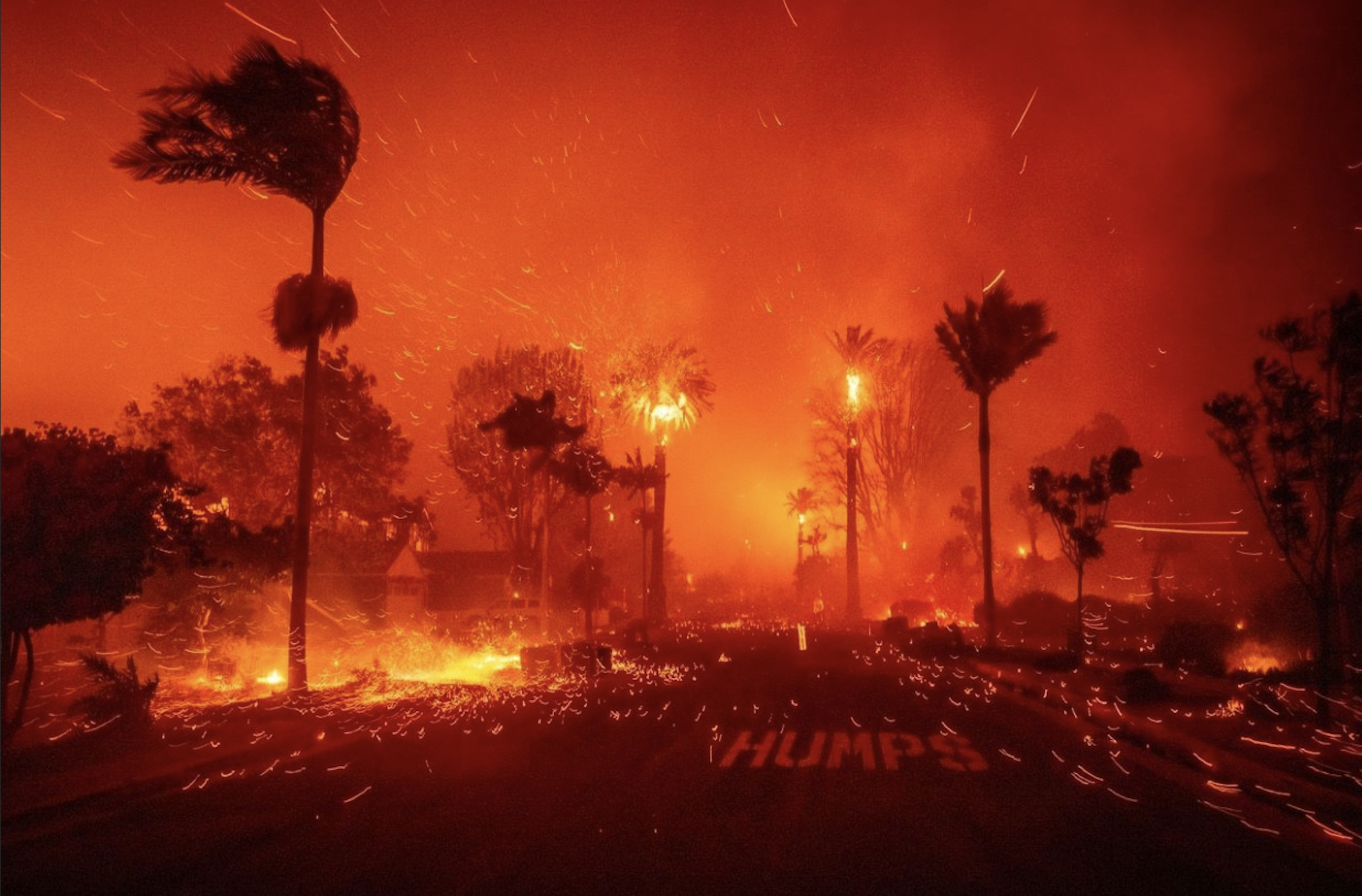
My thoughts are with friends in Pacific Palisades, Woodland Hills, Santa Monica, Studio City, Beachwood Canyon, and Lake Hollywood, which are currently on fire or bordering neighborhoods that are burning.
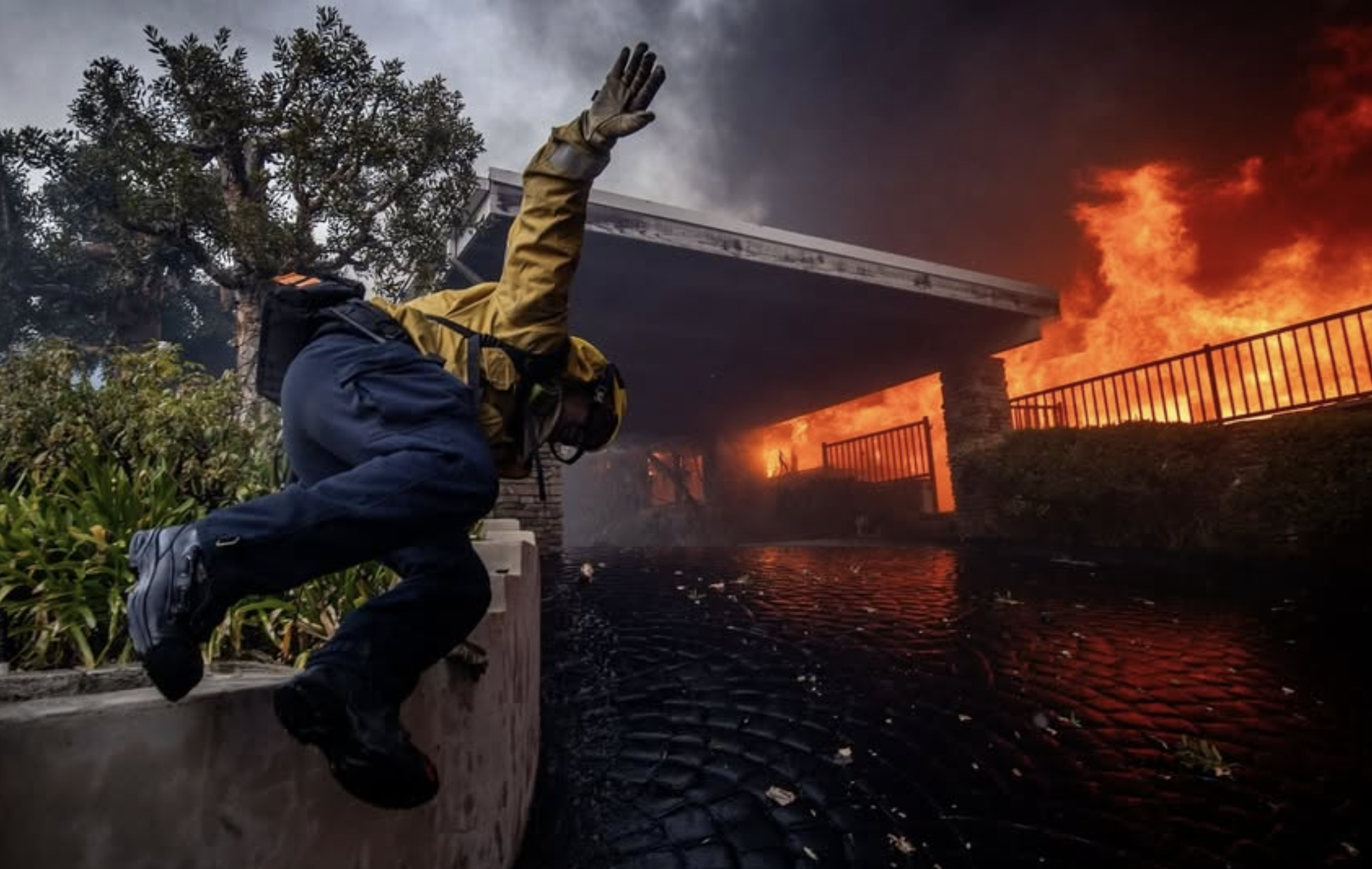
I haven't been to California since 2019, but I've lived in all of those places, sometimes for weeks, sometimes for months. I lived in Santa Monica for almost a year... spread over a decade. I know a lot of good people who call those cities and neighborhoods home.
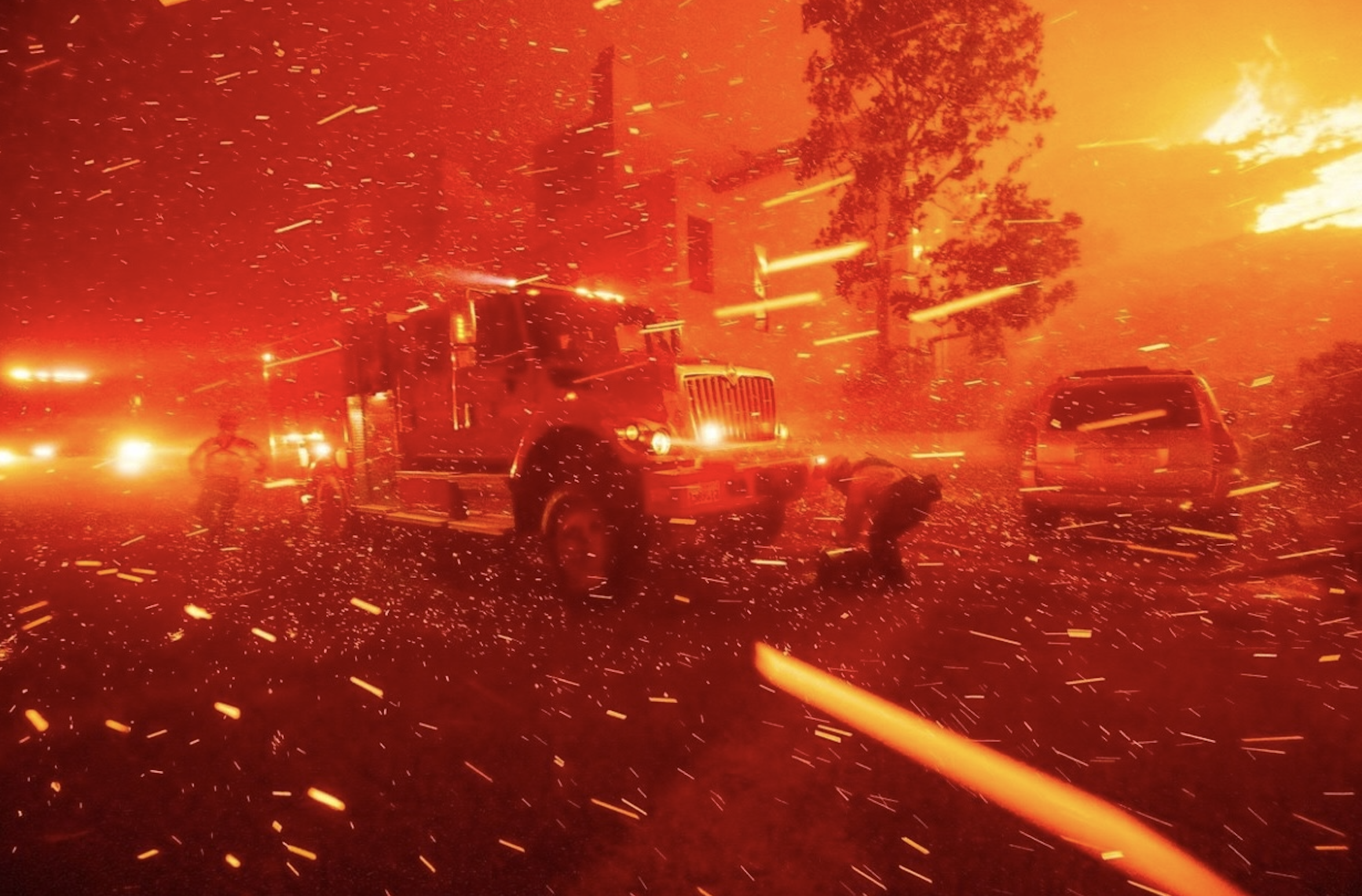
In 2017, I lived on the Beverly Glen-Bel Air border when the Skirball Fire decimated Bel Air, burning 422 acres. It was a terrifying and clarifying place to be.
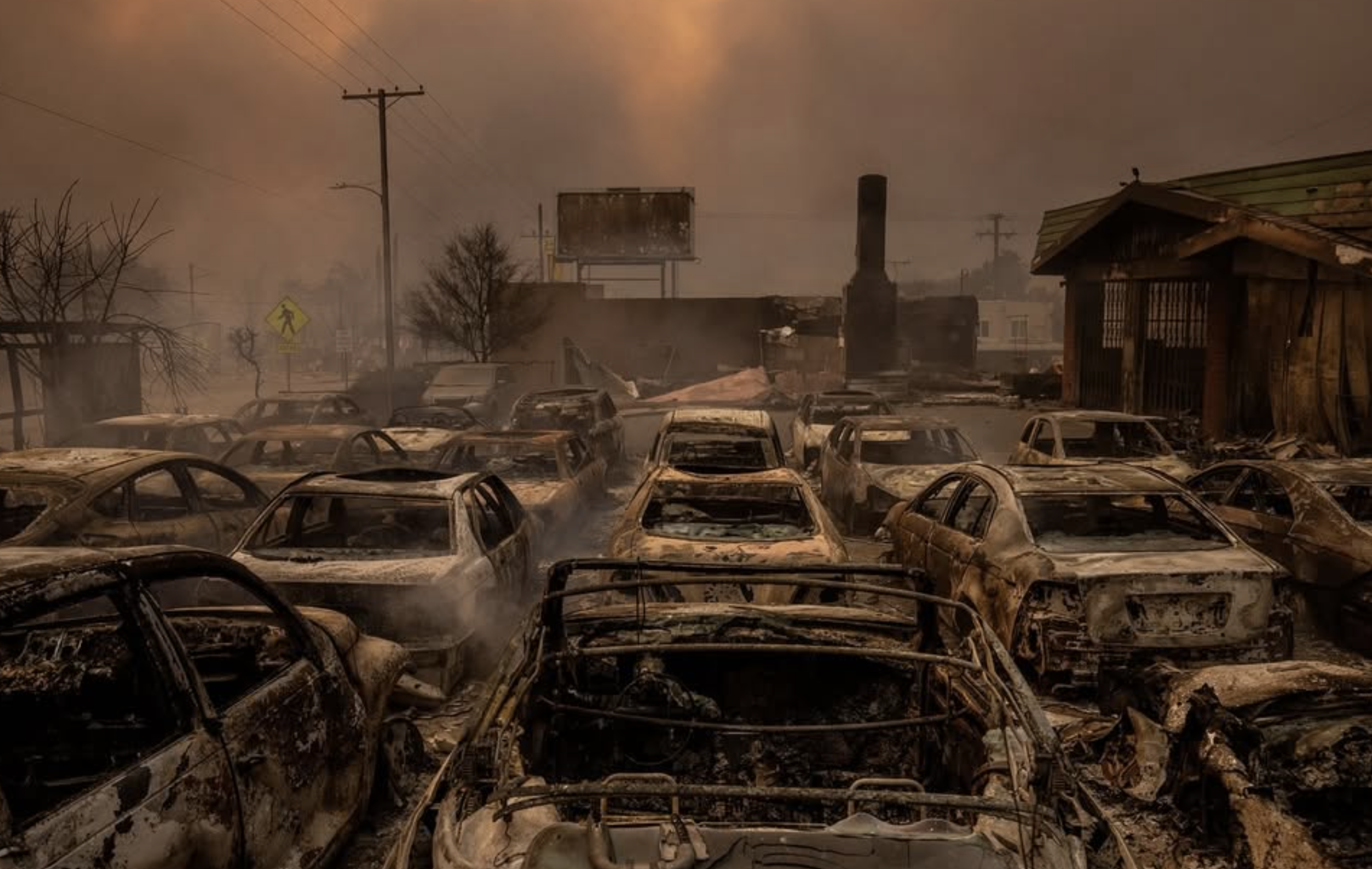
The next year, I was talking with my friend, Artur, who was bartending at the Fairmont Miramar in Santa Monica, when a Malibu resident just displaced by the Woolsey Fire sat next to me. He wore cut-off jeans, flip flops, and a ratty t-shirt, his face and hair grey with soot. "I just ran," he said. His house was gone, his car. He asked to borrow my phone and then just stared at it, realizing he didn't know anyone's number. "Do you have your wallet?" I asked. He nodded and realized why I was asking. He asked Artur about vacancies. So many people were fleeing, it was possible every room was taken — if you looked north over the hotel pool, you could see the smoke above Malibu, which lies just beyond Pacific Palisades. It was that close. Artur picked up the bar phone and within a few seconds was giving the man a thumb's up. The man looked at my drink and asked what it was. "A Two-Legged Dog," I said and motioned for Artur to fix him one, but the man signalled for him to stop. "Just water," he said. "Lots of water."
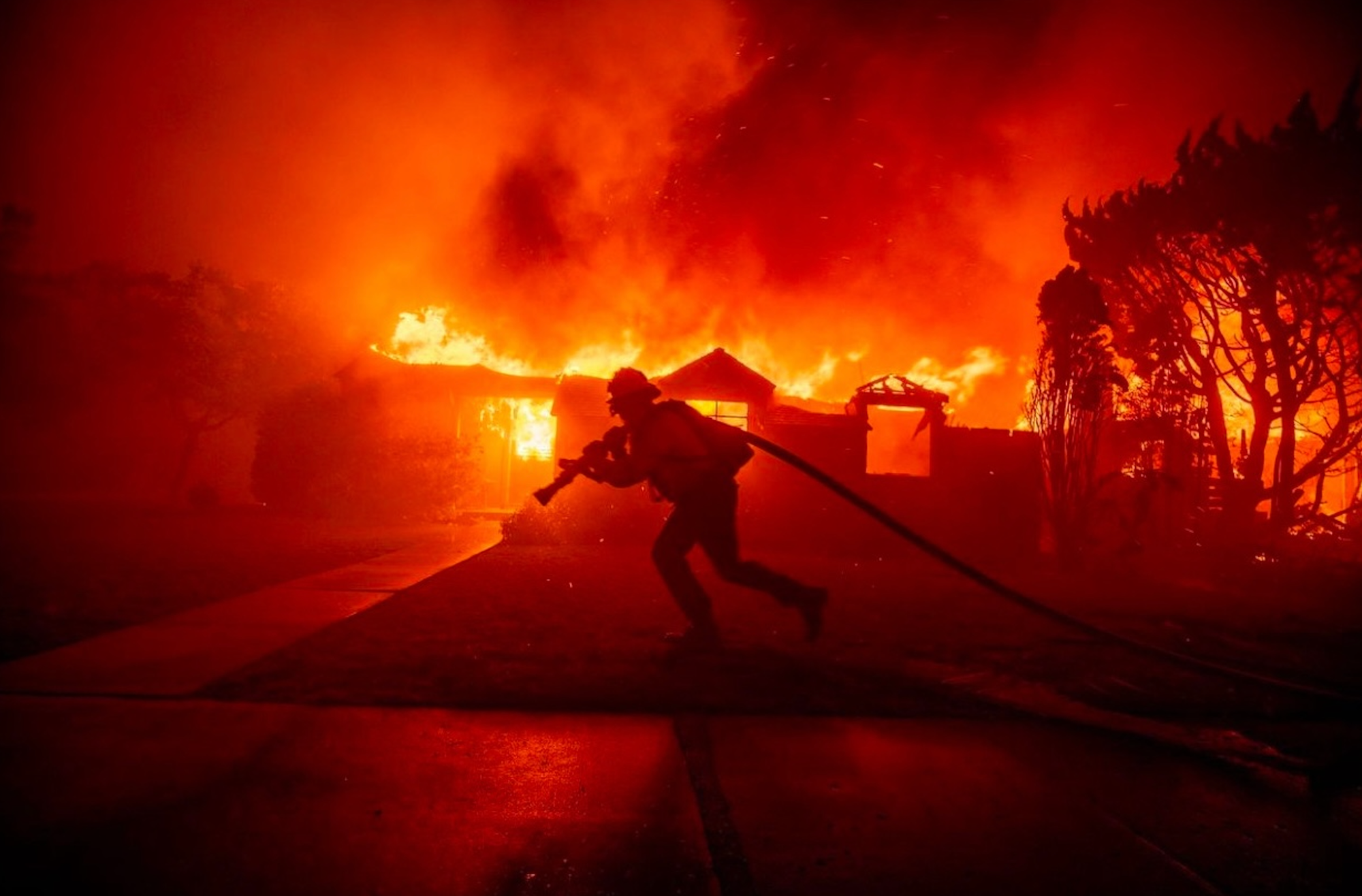
A few days earlier, I'd accepted an invitation to stay at a friend's loft in DTLA. I wished the stranger luck, said goodbye to Artur, and headed to the Expo. I was at the loft in a little over an hour. My friend had completely forgotten about the invitation and was packed to head north for a few days, along with a mutual friend, documentarian Nirvan Mullick. They were going to document the Camp Fire in Paradise and asked if I'd help. I knew in my bones I couldn't again be close to that kind of devastation. I declined.
Be safe, California friends.
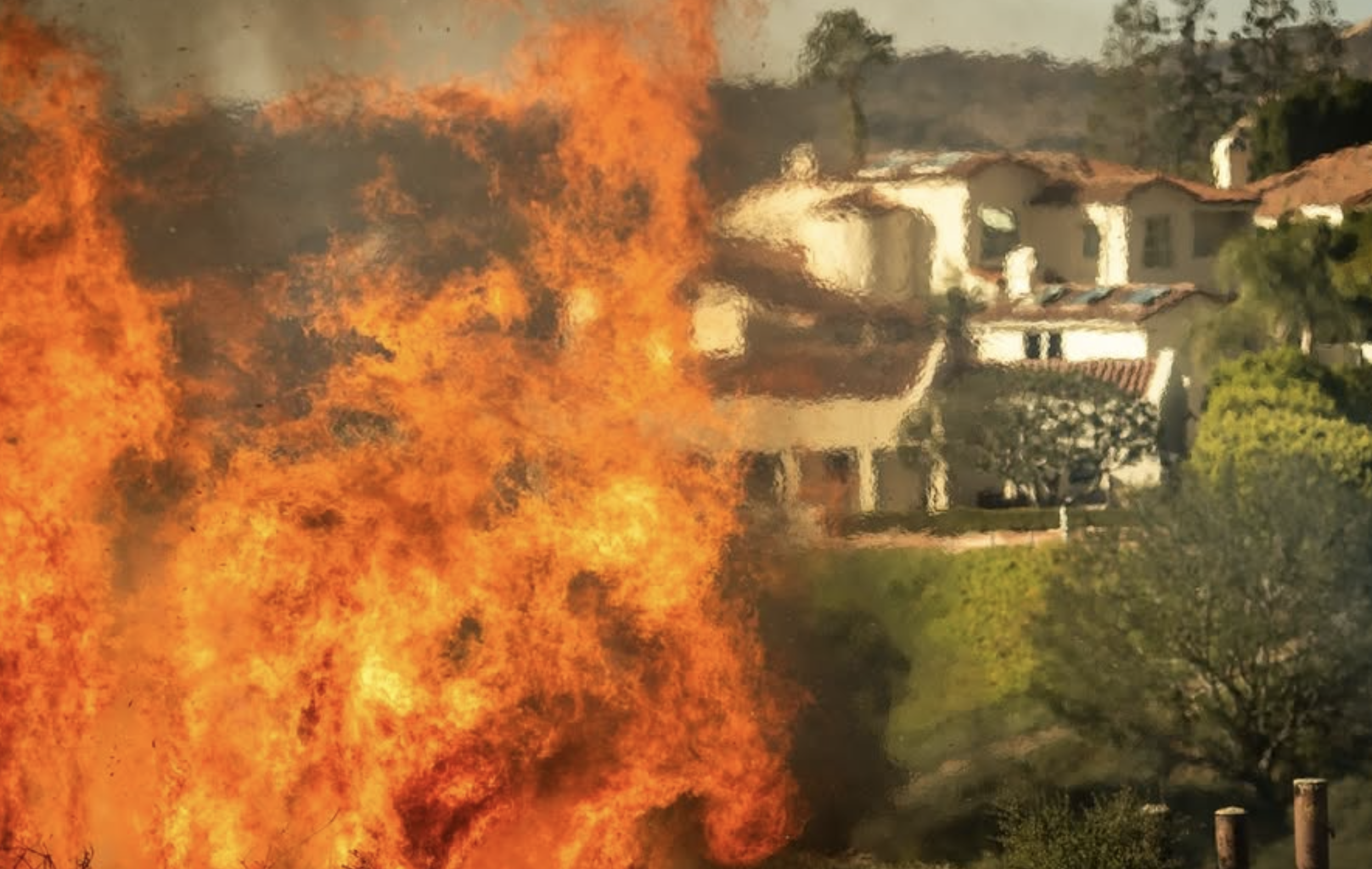
A few bonus reads:
I Saw the Beginning of Hell by Lucy Sheriff (Intelligencer, January 8, 2025)
A Running List of Resources to Help Artists Impacted by LA Fires
Los Angeles Fire Season Is Beginning Again. And It Will Never End by David Wallace-Wells (Intelligencer, May, 2019)
The Case for Letting Malibu Burn by Mike Davis, from his book, Ecology of Fear, 1998. Davis was also the author of City of Quartz: Excavating the Future in Los Angeles and other fantastic books.
